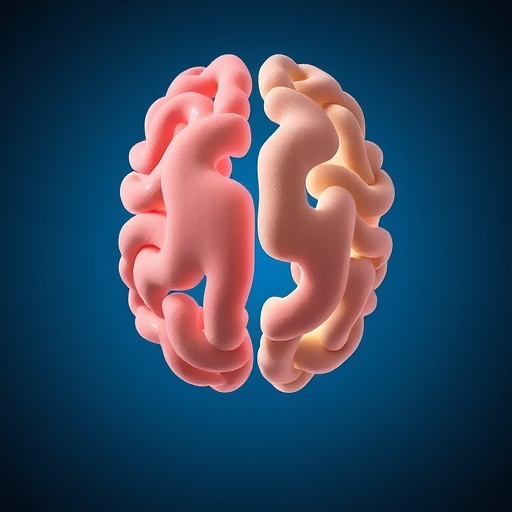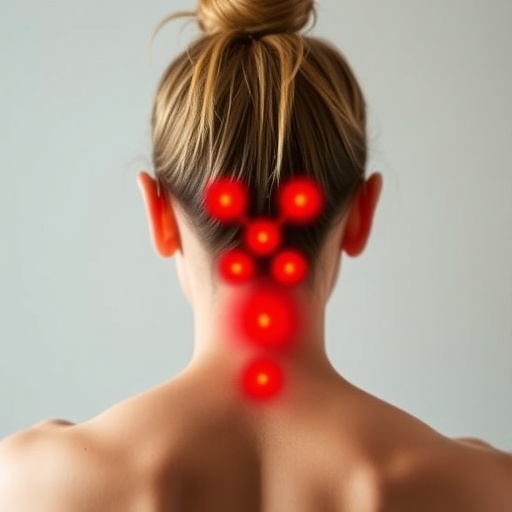The finding, published in Science, has been carried out by researchers from the Institute of Neuroscience CSIC-UMH in Alicante (Spain)
All the surface of the human body is represented in the cerebral cortex in a transversal band localized at the external part of the cerebral hemispheres: the somatosensory cortex. Each body region occupies in that band a distinct extension depending on its use and sensitivity. For instance, the hands and the lips, on which humans rely most, occupy the largest area. Thus, the 3D representation of that map forms the known sensory homunculus.
Similar to a cartographic map, each represented region of the body in the somatosensory cortex is connected to its corresponding body surface thanks to the neuronal pathways that keep a strict topographical relationship along the nervous system. In this pathway, the thalamus, a deep structure of the brain that lies beneath the cortices, plays a key role by relaying the peripheral information to the cortex without losing the point-to-point correspondence. Using this extraordinary precision, we can discriminate which point of our body is receiving an external stimulus and have a well-defined map of the periphery. Such accurate topography constitutes the basis of the sense of touch and is essential for survival of the species.
How are the neurons of the somatosensory cortex organized during development to perform these functions? Neurons of this brain region, as in the rest of the cerebral cortex, are assembled into columns that are placed next to each other like building bricks. It remains unknown, however, how these columnar structures become functional correspondents of the distant regions of the periphery. Although some studies highlight the role of genetic factors to form initial columns, most studies in the past decade have emphasized that this disposition is achieved as a result of sensory experience during postnatal life.
Now a study by the UMH-CSIC Institute of Neuroscience in Alicante published in Science shows that cortical columns are already defined and fully functional before birth thanks to the spontaneous electrical activity of the embryonic thalamus. Far from being a mere relay station, the thalamus guides the formation of the functional cortical columns and the concomitant somatotopic map in the still immature cortex, before external sensory experience is an effective source of information. In particular, the thalamus does so by generating and transmitting patterns of spontaneous activity (called waves) to the developing cortex. The discovery was made in rodents, in a particular and extensive region of their somatosensory cortex: the barrel cortex. This area contains the representation of the whiskers of the snout that are, for rodents, sensorially equivalent to our hands.
“Our data reveal that the embryonic patterns of electrical activity of the thalamus, the brain structure through which sensory information passes to the cortex, organize the architecture of the cortical somatosensory map. The development of this map involves the emergence of functional cortical columns in embryos, driven by activity in the form of waves that spontaneously propagate through the thalamus”, “We propose that this pattern of activity that takes place during the embryonic stages prepares the cortical areas and circuits for receiving information from the senses after birth”, explains CSIC researcher Guillermina López-Bendito.
The researchers point out that since thalamic waves are not unique to the structure of the thalamus involved in the sense of touch but spread to other senses, such as vision or hearing, the cortical mapping principles described in this paper are likely shared by other sensory modalities.
“It is very probable that this mechanism involved in the formation of the sensory maps that we have discovered in rodents can be extrapolated to humans, because the organization of the cortex is evolutionarily conserved between species”, explains López-Bendito.
“The spontaneous activity of the thalamus is not something circumstantial, but contains important information for the construction of the brain during embryonic development. It was previously thought that neuronal circuits were built on a genetic imprint and that the postnatal sensory experience ends up defining the maps. This work questions this vision because it demonstrates the existence of these maps before birth,”; says Lopez-Bendito. “Our results indicate that the spontaneous thalamic activity during the embryonic phase is essential for the normal development of the brain, defining what in neurobiology is called a critical period, i.e. a period of time in which plastic changes are possible but after which alterations would be irreparable”; she adds.
In addition to highlighting a novel mechanism for regulating brain development, such as the pattern of intrinsic embryonic activity in a subcortical structure, this work may have long-term repercussions in the understanding of certain pathologies. For example, in some disorders of neural development, such as autism or fragile X syndrome, in which alterations in the cortical structure are associated with sensory processing alterations.
###
Media Contact
Alda Ólafsson
[email protected]
http://dx.




